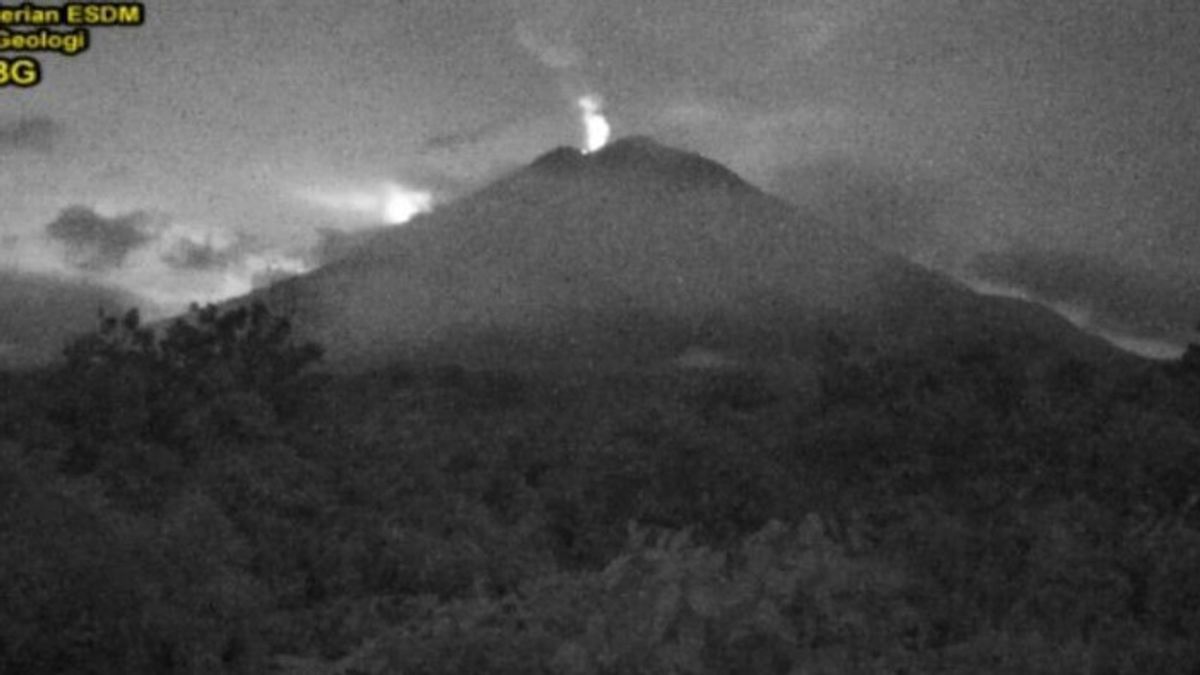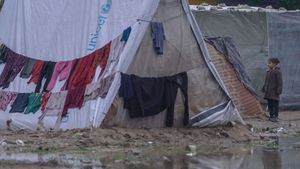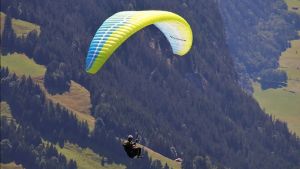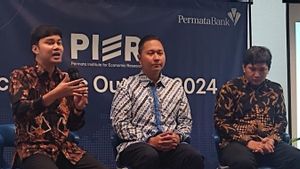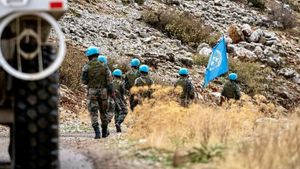Mount Semeru, which is on the border of Lumajang and Malang Regencies, East Java, erupted again with an eruption height of 600 meters above the peak on Tuesday night.
"There was an eruption of Mount Semeru on Tuesday night at 22:46 WIB," said Mount Semeru Observation Post Officer, Liswanto, as reported by ANTARA, Tuesday, January 7.
According to him, the height of the eruption column was observed to be about 600 meters above the peak or 4,276 meters above sea level.
"The ash column was observed to be white to gray with moderate intensity to the southwest. When the report was made, the eruption was still ongoing," he said.
Previously, officers noted that Semeru, which is the highest mountain on the island of Java, had experienced 17 eruptions on Tuesday since 02.07 WIB with an eruption height of 600 meters above the peak and the latest eruption at 22.46 WIB.
The mountain, which has a height of 3,676 meters above sea level, is still on alert status, so the Center for Volcanology and Geological Hazard Mitigation (PVMBG) provides a number of recommendations, namely that people are prohibited from carrying out any activity in the southeast sector along Besuk Kobokan as far as eight kilometers from the summit (the center of the eruption).
SEE ALSO:
Beyond that distance, people are not allowed to carry out activities at a distance of 500 meters from the riverbank (river border) along Besuk Kobokan, because it has the potential to be affected by the expansion of hot clouds and lava flows up to a distance of 13 kilometers from the summit.
"People are also not allowed to move within a radius of 3 kilometers from the crater/peak of Mount Semeru, because they are prone to the dangers of throwing incandescent stones," he said.
In addition, the public also needs to be aware of the potential for hot clouds, lava avalanches, and cold lava due to rain along rivers/valleys that originate at the top of Mount Semeru, especially along Besuk Kobokan, Besuk Bang, Besuk Kembar, and Besuk Sat, as well as the potential for lava in small rivers that are tributaries from Besuk Kobokan.
The English, Chinese, Japanese, Arabic, and French versions are automatically generated by the AI. So there may still be inaccuracies in translating, please always see Indonesian as our main language. (system supported by DigitalSiber.id)
